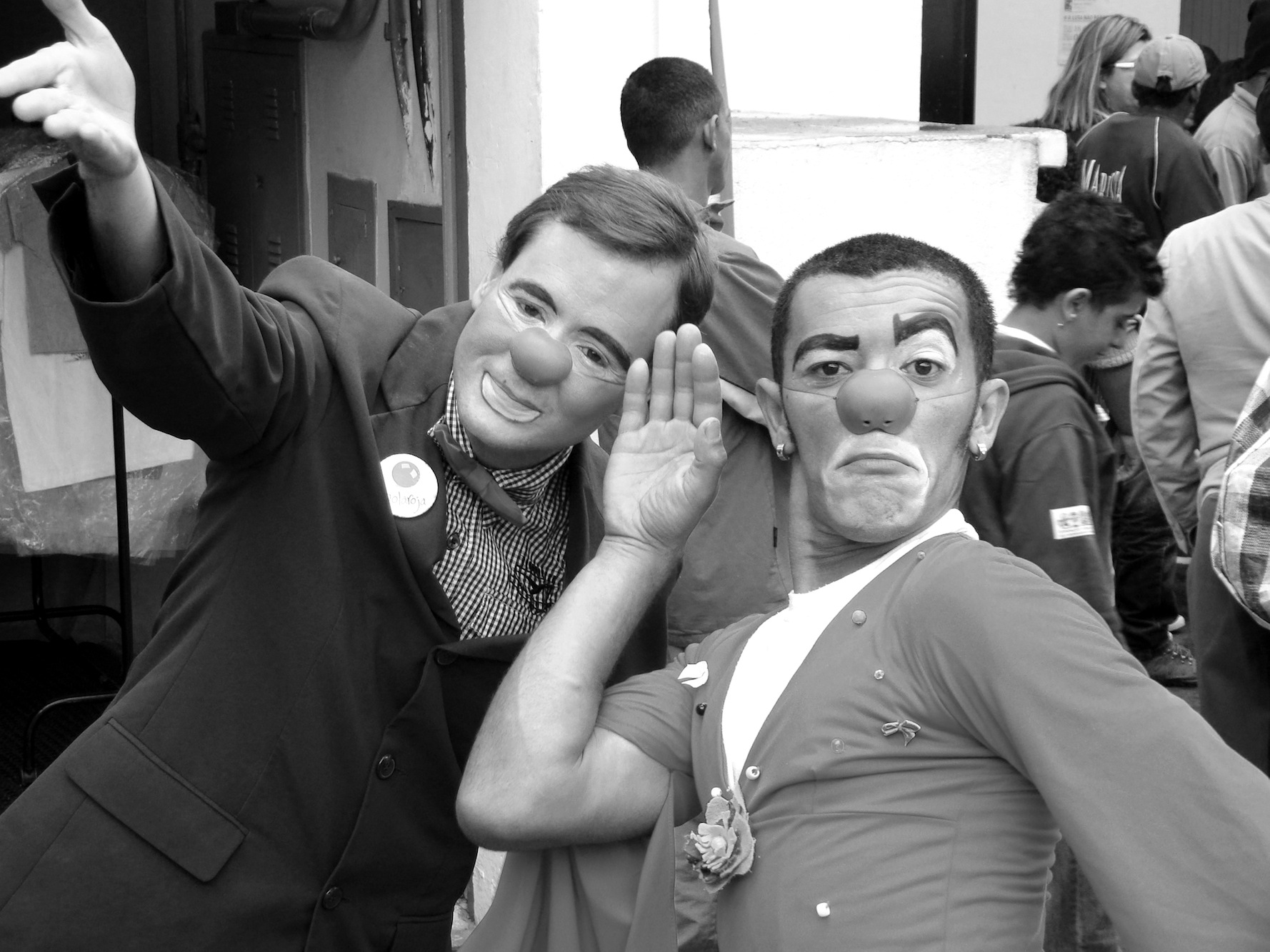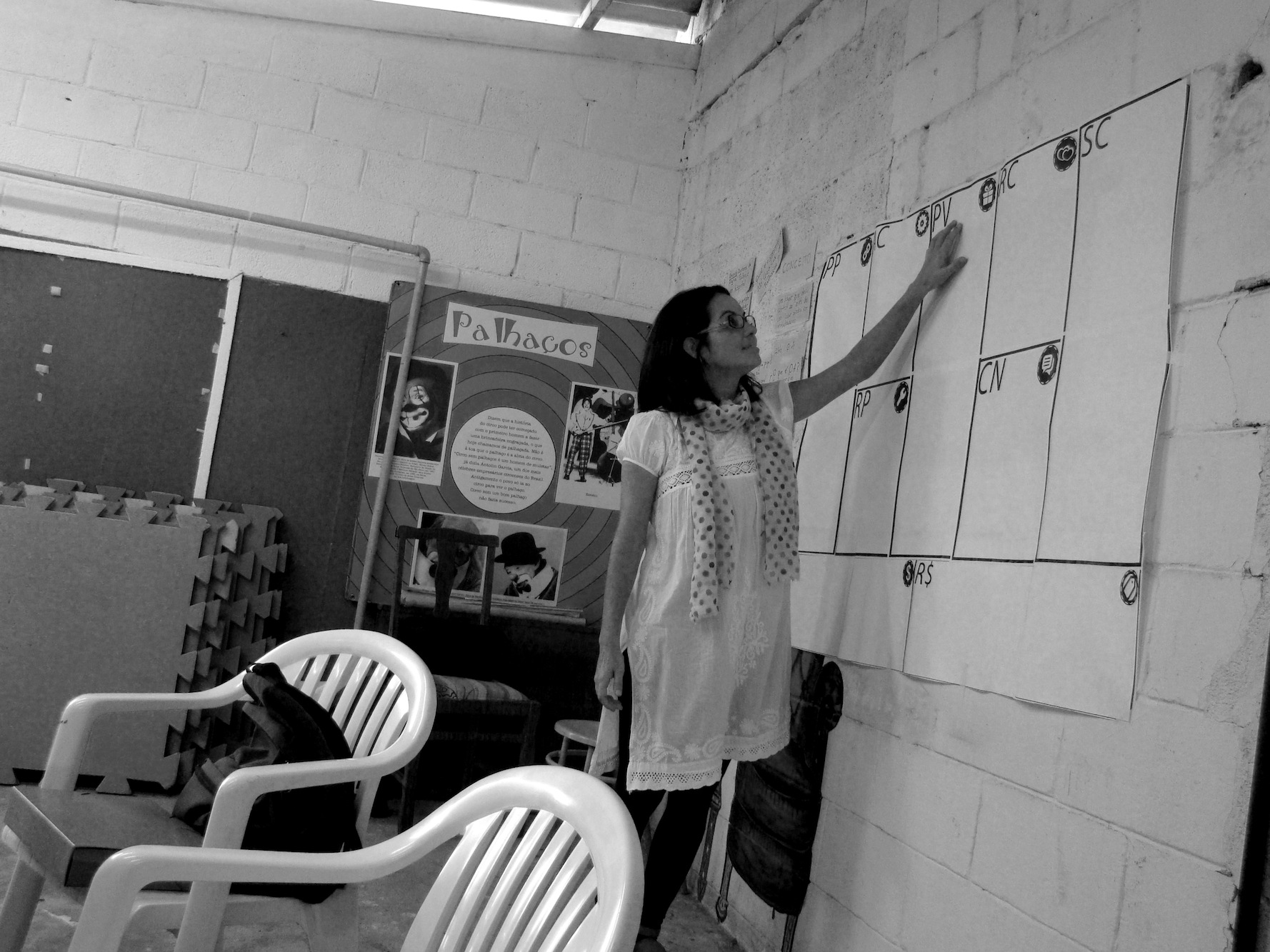Problem
The Nó Cego Cia de Palhaços (’Palhaços’ translates to ‘clowns’ in Portuguese) is a group of four people who believe in the power of clown training as a healing tool for ‘a society whose greatest need is the experience of love’. They work with the Center for Psychosocial Support (CAPS), where they use the craft of clowning (and other creative psychotherapy techniques) as a restorative instrument for members undergoing mental treatment and marginalised people who are physically or emotionally unstable. Their work relies heavily on skilled group coordinators who are passionate about craft and who desire recognition through social work, but still need to be incentivised through some professional income generation.

Currently the clowns have very scarce infrastructure (such as space for physical activity, financial support and marketing resources) and while they are extremely skilled and passionate about what they do, they are slightly disheartened by the lack of ‘paid work’.
Why we used the tool
The Nó Cego Cia de Palhaços are being incubated at the SBCSol Program, where they are currently figuring out ways to broaden their avenues and resources. Though their service is well figured out, the business aspect of the palhaços’ work is still in its embryonic stages. We decided to use the Business Model Canvas tool to create a new value proposition for the clowns, one that conveys they are a professional and competitive service while staying true to their rich history and experience. We wanted to make the foundation of this business plan as participatory as possible and included as many people we could to help us build the the canvas
How we used the tool
To make it more relevant to the palhaços’, we adapted the tool and added more context specific questions to it. Then to help the ideas flow better, we broke the activity into 2 parts :

- Initial Brainstorm : We started the activity as a big group , the participants could pick any number of questions they wanted to answer, in any particular order.
- Detailing : After this first step, we put together teams of people with similar ideas and asked them to elaborated on each subject, particularly the value proposition. Breaking up into these panels helped the group create detailed content for the canvas.
Results of using the tool
The tool introduces the concept of ‘business thinking’ to people who have no prior experience as entrepreneurs. It helped the palhaços organise their thoughts and was instrumental in helping them construct concrete goals for themselves and detailing out activities needed for each stage.

Furthermore, the tool provided an accessible language for everyone, even those with lower education. Guided by the questions on the canvas, we built a very solid value proposition, which guided the development of other areas of the business model.